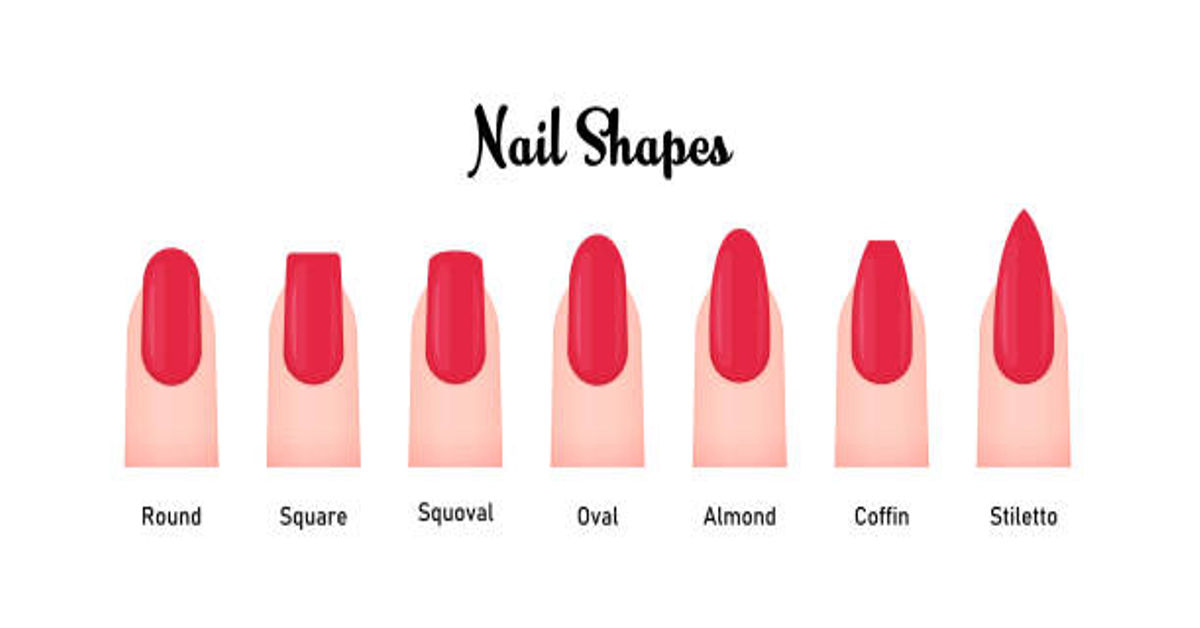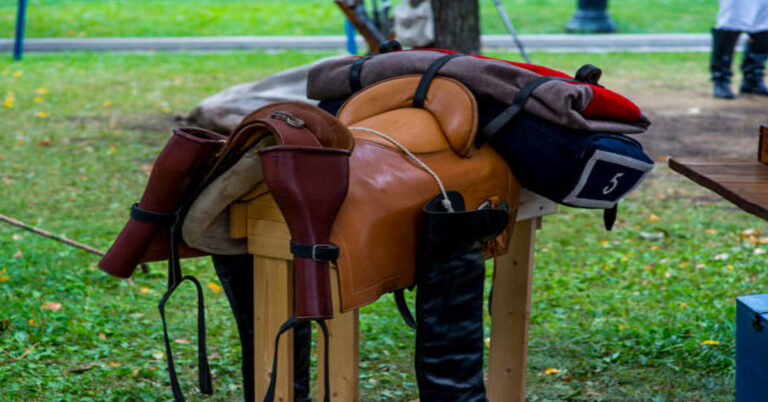Nail Shapes: A Complete Guide to Style, Structure, and Care
Nails are more than just tiny extensions of our fingers; they are a statement of personal style, confidence, and care. In modern beauty culture, nail shaping has become an art form that reflects personality, lifestyle, and creativity. From simple round tips to edgy stilettos, every nail shape carries a unique expression that can transform the entire look of your hands.
Understanding different nail shapes not only helps in achieving a stylish appearance but also in maintaining nail health. The shape you choose determines how your nails grow, how they resist breakage, and how comfortable they are in daily tasks. In this guide, we’ll explore the full world of nail shapes — their characteristics, who they suit best, their maintenance levels, and even how they relate to hand anatomy and aesthetics.
1. The Significance of Nail Shape in Beauty and Health
The shape of your nails may seem like a simple aesthetic choice, but it plays a significant role in both beauty and nail health. The wrong shape can cause chipping, weakness, or discomfort, while the right one enhances natural hand proportions and makes nails more durable.
A nail’s shape determines the distribution of stress and pressure during daily activities. For example, square nails may break easily at the corners if you type a lot, while round nails resist cracks due to their smooth edges. Choosing the ideal shape is about blending visual appeal with practicality.
Moreover, nail shapes help in expressing individuality — whether you prefer elegant ovals or bold coffins, the shape conveys your personality just as much as color or design.
2. Understanding Basic Nail Anatomy
Before shaping, it’s crucial to understand what parts of the nail you’re working with. Proper shaping depends on respecting the natural curvature and structure of your nail anatomy.
| Nail Part | Description | Function |
|---|---|---|
| Nail Plate | The visible hard part of the nail. | Protects fingertips and enhances grip. |
| Nail Bed | Skin beneath the nail plate. | Supplies nutrients and supports nail growth. |
| Cuticle | Thin layer of skin at the base. | Protects nail root from infections. |
| Lunula | The pale crescent at the base. | Marks the visible part of the nail matrix. |
| Free Edge | The part extending past the fingertip. | Main section shaped into styles. |
Healthy nails with a balanced structure are easier to shape and maintain. Weak or brittle nails require gentle shapes that reduce stress on the edges.
3. The Most Popular Nail Shapes Explained
There are numerous nail shapes, each with distinct characteristics. Here’s a complete exploration of the most popular and timeless ones.
A. Round Nails
Description:
Round nails follow the natural curve of the fingertip and have smooth, circular edges. They are simple, elegant, and one of the oldest traditional styles.
Best For:
People with short nails or wide nail beds.
Advantages:
- Easy to maintain.
- Resistant to chipping.
- Ideal for active individuals.
Style Tip:
Perfect for natural or pastel nail polish. Round nails give a clean and tidy look, suitable for both professionals and minimalists.
B. Square Nails
Description:
Square nails have straight sides and a sharp, flat tip. They became iconic in the late 20th century for their polished, edgy look.
Best For:
Long, slender fingers or narrow nail beds.
Advantages:
- Strong edges for acrylic applications.
- Modern, geometric appeal.
Drawback:
Can snag easily if corners are too sharp.
Style Tip:
Pair square nails with glossy or matte finishes for a confident, bold style.
C. Oval Nails
Description:
Oval nails are similar to round ones but elongated with softly tapered edges, creating a graceful, feminine look.
Best For:
Short fingers — helps elongate them.
Advantages:
- Elegant and timeless.
- Balanced strength and beauty.
Maintenance:
Moderate filing required to maintain even curves.
Style Tip:
Looks stunning with French manicures or neutral colors for an effortless chic effect.
D. Almond Nails
Description:
Shaped like an almond seed, these nails taper gently toward the tip, ending in a soft point. They’re among the most fashionable and flattering shapes.
Best For:
Medium to long nails and people who want fingers to appear slimmer.
Advantages:
- Creates an illusion of length.
- Great for decorative nail art.
Drawback:
Tips are delicate and may break without proper strengthening.
Style Tip:
Use gel or acrylic to support almond shapes for longer wear.
E. Coffin (Ballerina) Nails
Description:
Named for their resemblance to a coffin or ballerina slipper, these nails are long, with tapered sides and a squared-off tip.
Best For:
Long acrylic or gel nails.
Advantages:
- Perfect for bold designs and embellishments.
- Eye-catching and trendy.
Drawback:
Difficult to maintain for everyday activities.
Style Tip:
Great for statement looks with glitter, chrome, or ombré effects.
F. Stiletto Nails
Description:
Sharp, pointed tips resembling a stiletto heel define this shape. It’s a daring and dramatic style for those unafraid of attention.
Best For:
Fashion-forward individuals or special occasions.
Advantages:
- Extremely stylish and glamorous.
- Excellent for intricate nail art.
Drawback:
Not suitable for daily wear due to fragility.
Style Tip:
Use strong acrylic or gel to avoid breakage. Pair with metallic or jewel tones for extra drama.
G. Squoval Nails
Description:
A hybrid between square and oval shapes, squoval nails have straight sides but rounded corners. They’re among the most balanced and practical forms.
Best For:
Any hand type — universally flattering.
Advantages:
- Natural appearance.
- Resistant to chipping.
- Easy to shape at home.
Style Tip:
Ideal for professional environments. Works beautifully with nude or pastel polish.
H. Lipstick Nails
Description:
Inspired by the diagonal slant of a lipstick bullet, this shape is trendy and edgy.
Best For:
Fashion enthusiasts who love unique designs.
Advantages:
- Modern and eye-catching.
- Perfect for creative nail art.
Drawback:
Requires precision filing and careful maintenance.
Style Tip:
Contrast the slant with asymmetric art or gradient polish.
I. Edge Nails
Description:
Featuring a V-shaped ridge that runs through the center, edge nails are bold and architectural.
Best For:
Acrylic or gel enthusiasts who love artistic expression.
Advantages:
- Unique shape that stands out.
- Good structure for 3D nail designs.
Style Tip:
Pair with geometric patterns or metallic accents for a futuristic vibe.
4. Comparison Table: Nail Shapes at a Glance
| Shape | Length Needed | Maintenance | Durability | Appearance | Best For |
|---|---|---|---|---|---|
| Round | Short | Low | High | Natural | Everyday wear |
| Square | Medium | Moderate | Medium | Modern, edgy | Long fingers |
| Oval | Medium | Moderate | Medium | Feminine, soft | Short fingers |
| Almond | Long | High | Medium | Slimming, elegant | Fashion looks |
| Coffin | Long | High | Low | Glamorous | Acrylic nails |
| Stiletto | Long | Very High | Low | Dramatic, bold | Occasions |
| Squoval | Any | Low | High | Balanced, natural | All hand types |
| Lipstick | Long | High | Low | Trendy, creative | Artistic nails |
| Edge | Medium | High | Moderate | Futuristic | Nail art lovers |
5. Choosing the Right Nail Shape for Your Hand Type
Selecting the right nail shape isn’t just about style — it’s about harmony with your hand’s proportions and your daily routine.
| Hand Type | Recommended Shapes | Reason |
|---|---|---|
| Short Fingers | Oval, Almond | Elongates appearance |
| Long Fingers | Square, Squoval | Balances proportions |
| Wide Nail Beds | Almond, Oval | Creates slimming effect |
| Narrow Nail Beds | Square, Coffin | Adds structure and balance |
| Active Lifestyle | Round, Squoval | Less prone to breakage |
When choosing, always consider your natural nail strength and job requirements. Someone who works with their hands daily might avoid pointed shapes, while creative professionals can explore more dramatic designs.
6. Tools and Techniques for Nail Shaping
Creating your ideal nail shape at home requires precision and the right tools. Using the wrong technique can lead to uneven or weak nails.
Essential Tools:
- Nail file (180–240 grit for natural nails)
- Nail buffer
- Cuticle pusher
- Nail scissors or clippers
- Strengthening base coat
Technique Steps:
- Trim nails slightly above your desired length.
- File in one direction to prevent splitting.
- Refine corners carefully to match your chosen shape.
- Smooth the surface with a buffer.
- Finish with base coat and top coat for protection.
Avoid aggressive filing — always be gentle, as excessive pressure can separate the nail layers.
7. Nail Shape and Personality
Believe it or not, nail shapes often reflect one’s personality and mood. Here’s a quick look at what your favorite shape might say about you:
| Shape | Personality Trait |
|---|---|
| Round | Calm, practical, reliable |
| Square | Confident, structured, bold |
| Oval | Elegant, classic, gentle |
| Almond | Creative, stylish, detail-oriented |
| Coffin | Glamorous, expressive, confident |
| Stiletto | Adventurous, daring, artistic |
| Squoval | Balanced, professional, adaptable |
| Lipstick | Modern, innovative, playful |
| Edge | Futuristic, experimental, bold thinker |
This is why shaping nails can feel so personal — it’s a reflection of who you are.
8. Nail Shapes and Nail Art Compatibility
Certain nail art designs complement specific shapes better than others. The surface area and angles of each shape influence how designs appear.
| Shape | Best Art Style |
|---|---|
| Round | Minimalist lines, nude tones |
| Square | French tips, geometric art |
| Oval | Floral or soft gradients |
| Almond | Rhinestones, metallic polish |
| Coffin | Glitter, 3D embellishments |
| Stiletto | Abstract or bold statement art |
| Squoval | Neutral tones, professional polish |
| Lipstick | Asymmetric designs |
| Edge | Futuristic or chrome finishes |
The key is balance — bold shapes pair best with clean designs, while simple shapes allow for experimental art.
9. Nail Shape Maintenance and Care Tips
Regardless of your chosen shape, maintenance ensures your nails remain healthy and attractive.
Daily Care:
- Apply cuticle oil for hydration.
- Keep nails clean and trimmed.
- Avoid using nails as tools.
- Wear gloves when washing dishes or using chemicals.
Weekly Care:
- File lightly to maintain symmetry.
- Buff gently to prevent peeling.
- Use strengthening treatments if nails feel weak.
Monthly Care:
- Let nails “breathe” by taking a polish break.
- Get professional care if you use acrylics or gels frequently.
10. Artificial vs. Natural Nail Shaping
Some shapes are easier to achieve on artificial nails than natural ones.
| Type | Benefits | Considerations |
|---|---|---|
| Natural Nails | Healthier, less costly, lightweight | Limited shape flexibility |
| Acrylic Nails | Stronger and customizable | Requires maintenance and removal |
| Gel Nails | Glossy and natural-looking | May weaken nails if overused |
| Dip Powder | Durable and odor-free | Thicker texture if layered too much |
Artificial nails offer design freedom, while natural nails prioritize comfort and health.
11. Common Mistakes to Avoid
Many people damage their nails unintentionally during shaping. To keep your nails strong and beautiful, avoid these errors:
- Filing back and forth — always move in one direction.
- Shaping wet nails — they’re softer and prone to tearing.
- Over-trimming corners — this weakens nail edges.
- Skipping the base coat — leads to staining and brittleness.
- Ignoring the cuticle — dry cuticles cause uneven growth.
Remember, patience and precision are key for perfect results.
12. Historical and Cultural Influence of Nail Shapes
Nail shaping has existed for centuries across civilizations. In ancient Egypt and China, nail shapes and lengths symbolized class and beauty. Royal women often shaped their nails into pointed or elongated forms to display wealth.
In the modern era, nail shapes reflect fashion trends — from short, natural nails in the 1950s to long, sharp styles dominating the 2000s. Each decade brings a new expression of empowerment and individuality through nail art and shape evolution.
13. Nail Shapes for Men
Though men’s grooming is often understated, nail care plays a role in overall hygiene and confidence. Men usually prefer shorter shapes like round or squoval, which appear clean, neat, and practical. Proper shaping also prevents nail snagging or splitting during physical activities.
A well-maintained set of nails reflects professionalism and self-respect, making grooming essential for all genders.
14. The Future of Nail Shapes
With advancements in nail technology, the future of nail shaping is about personalization. Custom molds, 3D printing, and eco-friendly nail materials are on the rise. Hybrid shapes combining styles — such as oval-square or almond-coffin — are also emerging, allowing individuals to create truly one-of-a-kind looks.
Sustainability will be key, with biodegradable nail materials and toxin-free products becoming more accessible.
Conclusion
Nail shapes are more than just cosmetic choices — they’re reflections of who we are. From the simple round to the daring stiletto, every curve and edge tells a story of personality, fashion, and confidence. Choosing the right nail shape involves balancing style, strength, and practicality while caring for your nail’s natural health.
Whether you prefer a timeless oval or a bold coffin, remember that beauty starts with healthy nails and self-expression. In the art of nail shaping, precision meets creativity — and the result is a canvas that speaks your individuality with every gesture.
Frequently Asked Questions (FAQs)
1. Which nail shape is the strongest?
Round and squoval nails are the strongest because their smooth edges distribute pressure evenly, reducing the risk of cracks or chips.
2. What nail shape makes fingers look longer?
Oval and almond shapes elongate the fingers, creating a slender and elegant appearance, especially for shorter hands.
3. Can I achieve coffin or stiletto nails naturally?
It’s possible if your nails are very strong, but for durability and length, acrylic or gel extensions are recommended.
4. Which nail shape requires the least maintenance?
Round and squoval shapes are low-maintenance and ideal for everyday wear since they rarely snag or chip.
5. How often should I reshape my nails?
Every 7–10 days, depending on nail growth. Regular reshaping prevents uneven tips and maintains symmetry.







